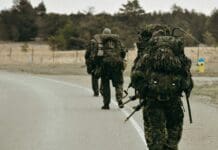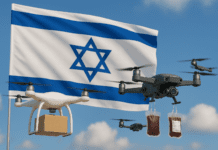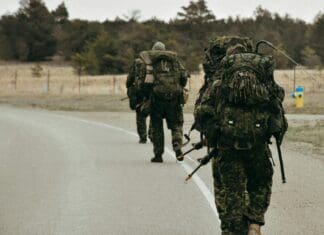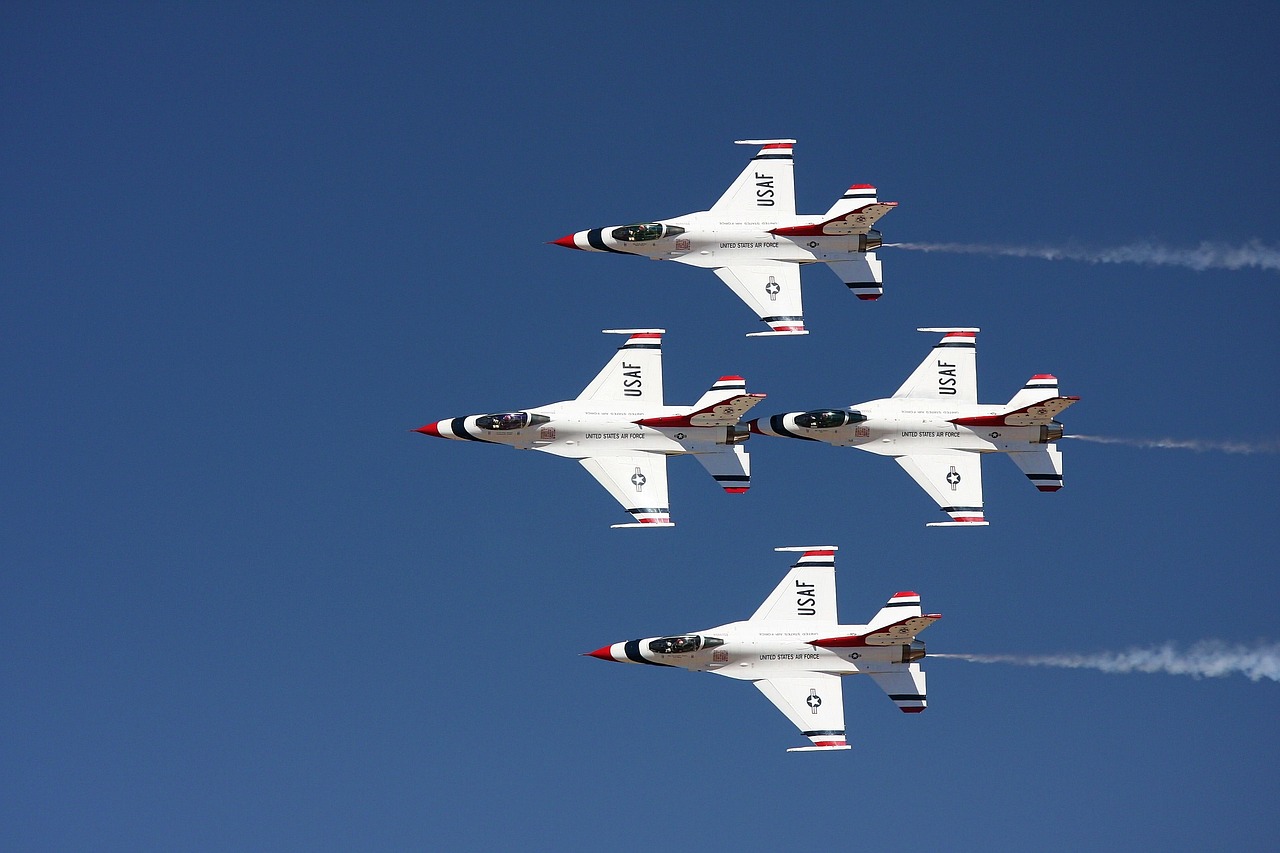This post is also available in:
 עברית (Hebrew)
עברית (Hebrew)
The U.S. Army has begun transitioning to a new generation of reconnaissance quadcopter drones with the first delivery of Skydio’s X10D small unmanned aerial systems (sUAS). The move is part of the Short Range Reconnaissance (SRR) Tranche 2 program, aimed at phasing out the RQ-28A rotary-wing drones and equipping units with a more advanced and adaptable aerial platform by 2026.
The X10D is engineered to meet the demands of modern battlefield conditions, particularly in contested environments where electronic warfare and GPS denial are prevalent. Designed to deliver enhanced intelligence, surveillance, and reconnaissance (ISR) capabilities, the system supports ground forces with rapid, real-time situational awareness.
Built to U.S. Department of Defense standards, the X10D features a modular sensor suite, including a high-resolution 48–64 MP visual camera and a Teledyne FLIR thermal imaging sensor, enabling precision observation in both day and night conditions. The drone also integrates onboard artificial intelligence and autonomous flight capabilities, allowing it to navigate complex and GPS-degraded terrain with minimal operator input.
The drone is compatible with a variety of third-party payloads and control systems, increasing operational flexibility. Its design emphasizes ease of deployment, with a takeoff readiness time of less than 40 seconds and a maximum flight speed of 72 kilometers per hour. Its nearly all-weather build allows for consistent performance in diverse environmental conditions.
Skydio first demonstrated the X10D prototype for the Army’s evaluation process in 2023, with its selection confirmed the following year for full-scale deployment. Production is underway at the company’s Hayward, California facility, where streamlined manufacturing processes have brought drone assembly time down to just nine minutes per unit.
With the deployment of the X10D fleet, the U.S. Army aims to boost ISR performance, offering enhanced situational awareness and decision-making support for deployed forces. The SRR Tranche 2 program reflects a broader shift toward compact, AI-driven aerial platforms suited for decentralized operations across dynamic threat environments.


























